1925-D Two Feathers FS-401 38453
I received this coin, graded F12 and attributed Two Feathers by PCGS, in trade from a fellow buffalo nickel variety collector. I also own a 1925-D graded VG10 and attributed Two Feathers by PCGS. I believe the coins were struck from the same pair of dies.
The 1925-D Two Feather is not a pure 2F, part of the feather remains. The remaining part includes a small, weakened portion of the outline of the original feather. Pope does not report multple dies for this date.
Die 1. Coin 1. 1925-D 2F PCGS F12. While the mint did not do a thorough job removing the third feather, they did not leave any abrasion lines behind either. The remaining part looks like the tip of a smaller, thinner than normal feather. While faint, wipe lines run just north of east to south of west in the fields on the obverse. There are no such lines apparent on the reverse.
The front of the neck has been abraded producing a broken neck. The mint did a very thorough job removing any die clash as none is apparent, and the neck flows smoothly into the field. There are no apparent die cracks or die clashes on the reverse. In particular, there is no EPU die clash visible.
Die 1. Coin 2. 1925-D 2F PCGS VG10. Very similar to Coin 1. There are no abrasion lines while a small part of the feather remains, looking like the tip of a smaller feather. This time the remnant appears a bit longer than on the first coin. There also are faint wipe lines, running from just South of East to just North of West on the obverse with no such line apparent on the reverse.
Again, the front of the neck has been abraded producing a broken neck although no die clash is apparent in the area. And there are no apparent die cracks or die clashes on the reverse.
What to look for.
This seems to be a difficult 2F to find. A significant part of the feather remains making it difficult to distinguish from a normal three feather. However, the East edge of the third feather is mostly missing so that is the most important area to examine.

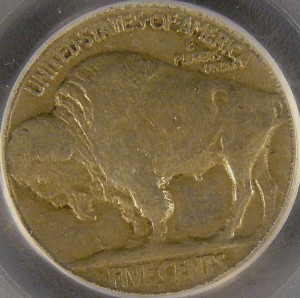

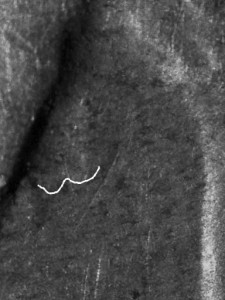
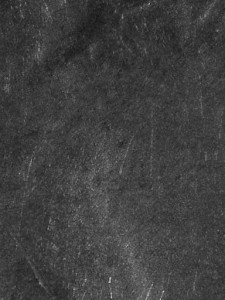
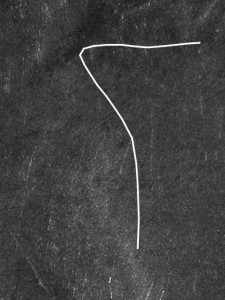


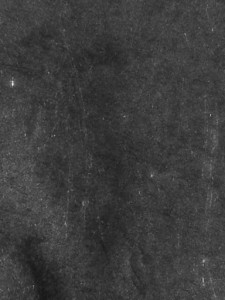

Leave a Reply
You must be logged in to post a comment.